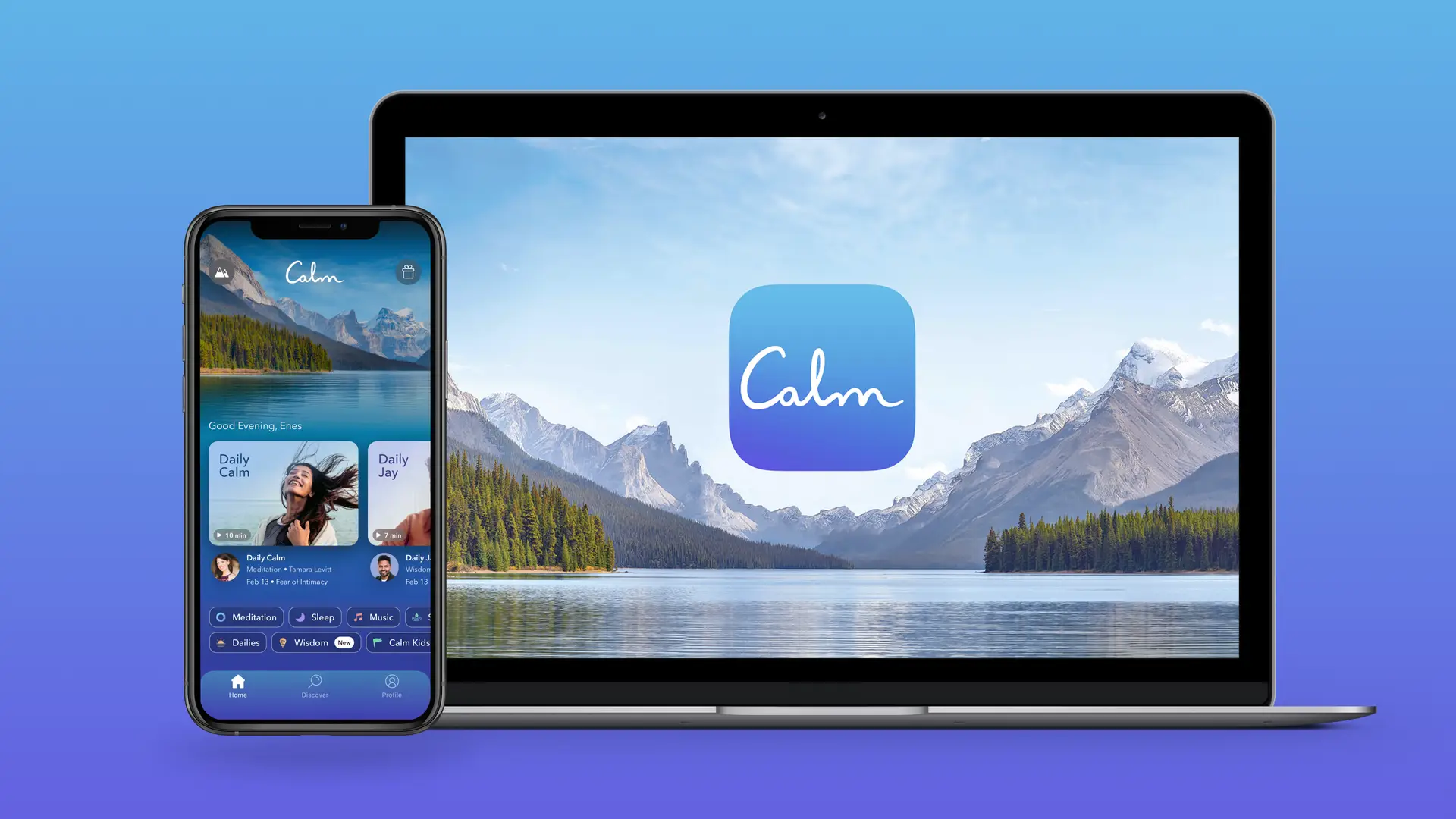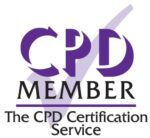Do you want to increase your website’s conversions, but don’t quite know where to start? Don’t worry because we have got the ultimate guide for crafting a homepage that will convert.
By following our tips and tricks, you will be able to create an immersive and engaging experience that entices visitors into taking action. Let us break it down together – from understanding what drives people to make a decision, to ensuring you create a personal connection.
In this guide, we’ll walk through the step-by-step process of creating an engaging and effective homepage that converts leads into customers. We’ll break down each component in simple terms so even if you don’t have any prior experience with web design or marketing, you can still make your vision come to life!
So let’s get started – together, we can create a gorgeous webpage that sells itself.
Create your elevator pitch
What action do you want users to take on your site? Use the prime real estate at the top of your homepage to drive people to take this action.
“I think it’s essential that the moment someone hits your website, it’s communicated to them what the site is about and who it’s for. You can do this by putting a one-liner in the first panel of your homepage that says ‘We do _____ for _______ so they can have ______, _____, and _______.‘” shares brand and web designer Tracy Raftl.
If they don’t understand what your site is about within 5 seconds, they’ll leave.
Being clear about your target market and your business will truly help you understand how your website will solve your visitors’ problems.
“Just because you launch a site doesn’t mean you’ll magically have thousands of new visitors.” shares web designer Marci Angeles.
Many people mistake thinking a new website will change everything when it’s just one part of a larger equation. So get clear on your target market and your website goals, and don’t forget to market your business!
marci angeles
Excellent web design can increase conversions and improve sales, but to do so, you still need to market your business and gain website traffic.
Focus on your homepage goals
What are the top three goals for your website?
Let’s say you’re a nutritionist who helps busy moms clarify how they can practically include wellness in their everyday lives. And your number 1 website goal is to grow your email list with moms who fit this demographic.
Let’s say that you want to grow your email list, promote your new nutrition course, and book consultation calls.
This should help you creating a sit map that breaks down your user journey. When it comes to website conversions, planning ahead pays off.
Creating a website journey map is like drawing yourself a roadmap to success and getting the most out of your website’s homepage. It all starts by familiarising yourself with user behaviour, breaking down website pages, developing website personas and understanding the overall website goals.
- Map out each step to understand how users will interact with your homepage as it can be really helpful in designing creative solutions that increase website visits and ultimately convert more customers.
- Your number one goal should be at the top, and you should reference your secondary objectives in the following two sections on the page.
- Put yourself in their shoes and go through their experience trying to achieve different goals. Ask yourself: is it easy? Can you simplify it? Is something unclear or confusing? Is it seamless?
Remember, whenever people head to your homepage, you’ll guide them through a unique experience.
The best way to think about incorporating user experience would be to think about how you can make it easy for your website visitors to find what they’re looking for or make a purchase
Marci Angeles
If you are looking to keep your visitors engaged and convert, you can do this by creating a call to action.
How to create better calls to action
Create clear call-to-action buttons that stand out from the design and direct people to what you most want them to do on the website (for example, book a consultation call or opt-in to your email list).
By guiding users strategically, you’re creating an experience for your ideal client. You determine how you want someone to use your website and where you want them to go next. It puts you in control.
“Call-to-actions need to be strategic, and you want to align them with your business goals, but they also need to help the user achieve their own goals. This means that if you only consider your business goals, you’ll provide a frustrating experience to your users,” adds Ana Santos. “For example, this often happens when we have an invasive pop-up not connected to the user goals.”
Convert visitors quickly with incentives
Leet’s get back to our nutritionist case study. Your number 1 website goal is to grow your email list with moms who fit this demographic. To reach this goal, you’ll want to create an enticing opt-in incentive that’s made just for your ideal client.
Something like
- 5 Smoothie Recipes for Busy Moms
- A Checklist of Practical Self-Care Activities for Busy Moms
Did you notice the opt-in focused on who the incentive was for, and it was specific to their needs? Doing this attracts the right people and repels those who aren’t a good fit. The goal is to get the right people on your list, not everyone.
How to optimise your homepage for conversions
Get real visitors to go live and explore it to know how people will interact with your homepage. Ask friends and peers to head to your website and leave you some feedback from their experience as a way to refine your homepage.
“The biggest mistake I see businesses doing is skipping research when optimising for conversions and user experience”, shares UX consultant Ana Santos. “It’s not possible to truly improve user experience without talking with real users.”
Include a photo of yourself
Building trust is crucial to running any brand. Including a photo of yourself on your homepage will help build that connection early on.
After all, it’s one of the first places a potential client will visit. If your homepage is confusing, it can make you seem less trustworthy.
Whether you are a one-person-shop, a 100+ team or a small startup, people want to see the humans behind the brand. our smiling face should ideally be the first visual someone sees on the page.
But as long as you have a picture towards the top of the page, you’ll build that connection quickly with your ideal client. And connection = more client conversions.
Add a testimonial or two
Testimonials are a fantastic way to build trust with your website visitors and showcase the value of your services. They prove to your ideal client that you helped someone with the same pain points that they have right now.
- The testimonials on your homepage are a focal point for visitors, so focus on the results your clients achieved here.
- They should show how your offering took someone from point A (where they were) to point B (the final result you delivered).
Testimonials are important. However, since they don’t ask your ideal client to take any action, they aren’t the most crucial element that you’ll add to your homepage.
For this reason, place 1–3 testimonials towards the bottom of the homepage. It will build trust and show how powerful working with you can be.
Keep things simple and take action
I get it. It can be tempting to put anything and everything on your homepage so that you don’t miss something important.
However, there can be such a thing as too much information. Think of your homepage as a handshake. It’s your introduction to who you are and what you do. You want to invite users to learn more, not bombard them with anything and everything you’ve ever created.
When it comes to websites, a common mistake, especially for smaller businesses, is to want to build a website without any prior strategy or knowledge about their target audience.
Ana Santos
If you want to create a homepage that converts, keep these things in mind: know your user, make a strong first impression, use images wisely, and don’t forget about the importance of the journey your users will be undertaking.
By following these guidelines, you’ll be on your way to creating a home page that’s sure to please visitors and convince them to stay awhile – or even better, buy something from you!
Ready to get started with positive impact marketing?
Set up power marketing systems build a marketing strategy that drives results, when you join our certification.
Develop an advanced set of marketing skills that drive more measurable results to any project and harness the power of psychology, purpose, storytelling, and impact to build trust in an increasingly skeptical world.
Take our certification, build your marketing plan and build your ultimate marketing toolkit.




